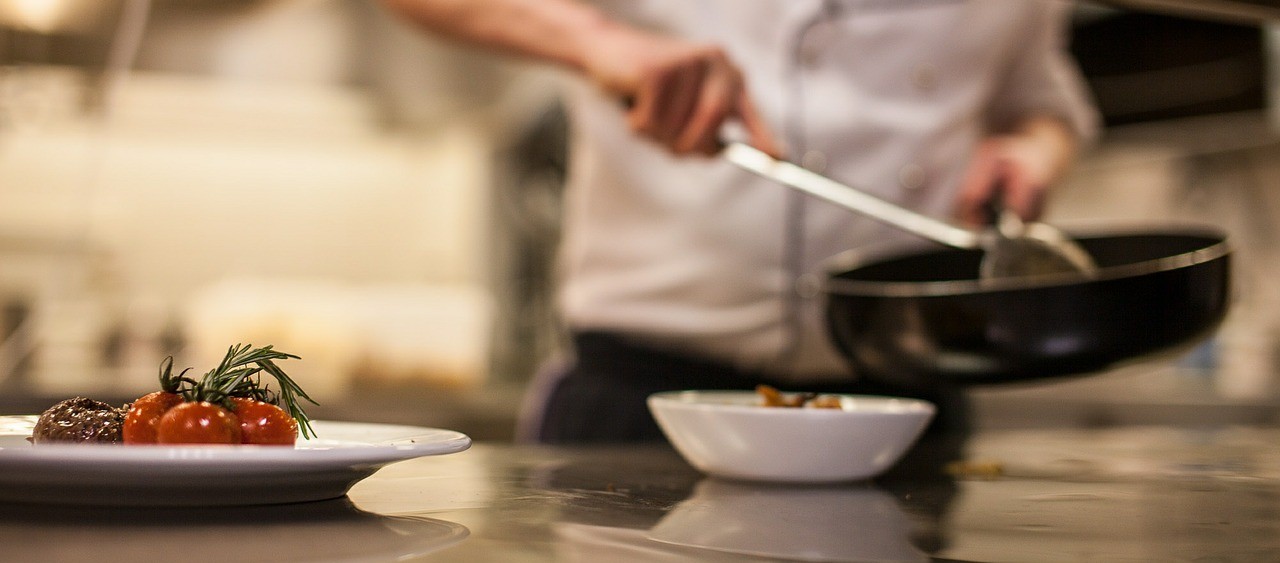 Software as a Service (SaaS) programs are downloaded like any other mobile or tablet application over the internet and licensed to restaurants on a subscription basis. Unlike on-premise software, which is traditionally installed and maintained on an on-site computer, SaaS point of sale systems (POS) are leased to customers.
Software as a Service (SaaS) programs are downloaded like any other mobile or tablet application over the internet and licensed to restaurants on a subscription basis. Unlike on-premise software, which is traditionally installed and maintained on an on-site computer, SaaS point of sale systems (POS) are leased to customers.
According to Forbes, SaaS technology will replace infrastructure- and platform-based services as the dominant computing solution for businesses by 2018. But in spite of this growth, SaaS still feels new to many restaurant and business owners. As cloud-based systems like SaaS become more common, restaurateurs are finding out that these solutions provide more benefits than their outdated POS predecessors.
8 Reasons SaaS is Good For Your Restaurant
1. Less Initial Investment
Traditional POS requires restaurants to invest in computer hardware and software that can cost tens of thousands of dollars. And the process doesn’t end there – an IT professional will have to set up the hardware, as well as the server to run it, before installing the software and training your team to use it. Maintaining and upgrading the system with new features will also incur additional costs.
In contrast, SaaS users pay a monthly or annual subscription fee to use the program of their choice, which is typically designed for consumer-grade Android or iPad tablets. Purchasing tablets for your restaurant can be a significant investment, but it is far more cost-effective in comparison to traditional POS. Startup costs for a cloud POS system only consist of the tablet hardware (roughly $1,000 – $3,000) and initial subscription fee ($50-$150 per month), notably less than the tens of thousands necessary for on-premise POS.
2. Lower Lifetime Costs
Most restaurant owners are familiar with the high costs and frustrations of upgrading and maintaining a traditional POS system. Vendors often give discounts on the initial costs to secure a long-term commitment that will pay off in future charges.
 Restaurant owners with an SaaS subscription don’t have this problem. If they become unhappy with their POS, they can cancel their subscription at any time without losing their investment. The threat of cancelation, combined with the competitive market among SaaS providers, leads to better customer service, as the vendor has to continue to earn their customers’ business. To that end, SaaS providers are constantly troubleshooting, releasing updates that improve their POS, and providing active customers.
Restaurant owners with an SaaS subscription don’t have this problem. If they become unhappy with their POS, they can cancel their subscription at any time without losing their investment. The threat of cancelation, combined with the competitive market among SaaS providers, leads to better customer service, as the vendor has to continue to earn their customers’ business. To that end, SaaS providers are constantly troubleshooting, releasing updates that improve their POS, and providing active customers.
3. Simple Setup
Installing an SaaS POS is much easier than setting up a traditional system. Most providers will come to your location to make sure that the system gets up and running properly and that you know how to use it, but the software will not need to be installed by an IT person.
The complexity of your restaurant’s setup will vary depending on the type of system and functionality you need. There will be some wiring and general networking necessary to connect your terminals, printers, and additional equipment, but once the network is configured correctly, you will be able to download the software to all of the restaurant’s connected devices from the internet.
4. Access From Anywhere
Instead of physically sitting at the computer in the restaurant to see your data, cloud POS systems allow restaurateurs to access all of their POS system information remotely. Users are not trapped at an on-site computer because SaaS POS software is accessible online.
Through SaaS, users can log in to their accounts from anywhere, through any device with internet access, and connect with their data in real time. This flexibility is not available through traditional POS and is a huge help to owners and operators who are constantly on the go.
5. Tech Support From Anywhere
 Traditional POS requires an expensive IT professional to maintain and troubleshoot systems on site. In addition to the cost, restaurants with outdated POS systems might not be able to function until the IT person arrives to fix a particular problem. This hampering of restaurant operations can be terrible for a guest’s experience.
Traditional POS requires an expensive IT professional to maintain and troubleshoot systems on site. In addition to the cost, restaurants with outdated POS systems might not be able to function until the IT person arrives to fix a particular problem. This hampering of restaurant operations can be terrible for a guest’s experience.
SaaS technical support has the same remote access that users have, which removes the need for on-premise fixes and allows for more timely assistance. Depending on their needs, restaurant managers or employees can call a support line and walk their technician through the problem over the phone as they fix it.
6. Regular Software Updates & Troubleshooting
The “service” aspect of SaaS – in contrast to the “product” model of traditional POS – means that cloud-based vendors are constantly troubleshooting and updating their software to fix problems and improve functionality.
SaaS system updates can be added to all internet-connected tablets and terminals without waiting for an IT professional to install upgrades in person. These updates – which are typically included in the monthly subscriptions for the POS – allow restaurateurs to improve their software without interrupting their capacity to serve guests.
7. Better Data Security
On-premise computers store all of the data in traditional POS system, which can include complete and unencrypted credit card and customer data that is vulnerable to hackers. Also, on site servers are limited by their storage capacity, so customer information will eventually be removed from the hard drive to create more space.
Since SaaS systems rely on cloud-based servers, they offer an unlimited amount of storage space. Also, most cloud-based POS systems have high-level encryption processes that do not require credit card data to be saved in the system. Finally, restaurants using SaaS will not lose information when their system crashes since no data is stored on an on-premise computer.
8. Flexible and Adaptable Software
Cloud-based POS, unlike on-premise systems, are designed to be responsive to changing circumstances. Adjusting your table layout or adding new menu items takes moments, not hours, and changes sync to all connected devices instantly.
When a traditional POS crashes, repairs can be delayed for days while you wait for an IT professional to show up. If a tablet breaks or new devices need to be added to a cloud-based system, you can download an SaaS application in seconds and start using it right away.
Many restaurateurs are struggling with the transition away from traditional POS, in spite of the benefits and savings offered by SaaS systems. But as these modern applications continue to become more common throughout the industry, operators will continue to realize that switching is a smarter and more efficient alternative to many of the frustrations they have lived through with their traditional restaurant operating systems.
